Ngoma School students in a dance pose.
How To Choose A Dance School
Written by Madeleine Hobbs
There are a vast number of dance schools in the United States alone, with studio focus ranging from recreational to competition to professional training. Finding the right school for a dancer can be challenging when there are so many options available. It is most important to consider the dancer’s interests, and the quality of the dance education.
What type of dancer do you wish to be?
The age-old question. Young dance training can start as recreational or pre-professional, it really depends on the expectation of the family.
Ask this question:
What is the dream of the dancer?
” I wanna be a ballerina. I wanna dance with Cira. Being a Wizards dancer would be cool!” All dance training starts with a dream. Picking a dance school is important to pursue the “now” dream of being a dancer. As the dream changes, so do dance training institutions.

Ngoma Center for Dance’s Founding Director Shawn Short teaching students.
What type of school is best for your dancer?
Many schools offer a range of classes for different interests – ballet, modern, jazz, tap, African, hip-hop, musical theater, and more. You can typically find a list of the school’s offerings on their website, and the required courses for each student. In addition to the type of classes offered, it is also important to consider the student’s level of interest – why are they pursuing dance? Is it something just for fun? Do they wish to compete? Do they wish to pursue a professional career? Many larger schools offer all three options, with courses designed for students who just want to dance for fun and for those who wish to study more seriously, but it is important to choose a school with quality education regardless of interest level.
- Recreational Dance Schools focus less on serious training and more on dance for fun. Typically, the level of education focuses on the beginning and/or intermediate level.
- Competition Dance Schools have become popular over the past decade due to the commercialization of dance and exposure on television and media outlets. The focus at these schools is, not surprisingly, on competitions. Some competition studios have a negative reputation because they focus so heavily on tricks that strong dance technique is often lacking, but some schools have a heavy focus on strength training that allows for the proper and safe execution of these “tricks”.
- Conservatories/Pre-Professional Schools are designed for students who wish to pursue a professional career in dance, and are typically distinguished by the quality of education and the focus to train students to the highest degree of proficiency. Many conservatories offer an option for students to train full time when they reach a certain age, and pursue academic studies on the side.
- Some states also have school dance programs for ages K-12, which provide varying levels of training for different levels of interest and which allow for equal exposure to dance from a young age regardless of financial stability.
All schools are valid options, and the best option depends on what the dancer wishes to achieve with dance. Other important factors to consider are class offerings, performance opportunities, and the cost of training. Before allowing cost to be a deterrent from a specific type of training, it is worth asking about financial assistance, as many schools have scholarship opportunities and payment plan options.


